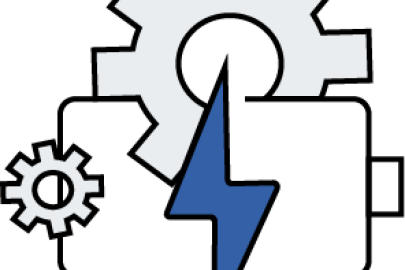The Critical Materials Innovation (CMI) Hub looks back at 10 years of support within the U.S. Department of Energy.
Advanced Materials & Manufacturing Technologies Office
October 1, 2024The U.S. Department of Energy’s (DOE’s) Critical Materials Strategy led to the establishment of a national resource for innovative technology development: the Critical Materials Innovation Hub (CMI Hub). Formerly known as the Critical Materials Institute, the CMI Hub has created a lasting innovation ecosystem operating under a shared mission since its inception in 2013.
Mission
The CMI Hub is a DOE Energy Innovation Hub led by Ames National Laboratory that seeks to accelerate innovative, scientific, and technological solutions to develop resilient and secure supply chains for rare earth metals and other materials critical to the success of clean energy technologies.
Impacts
Inspiring and empowering people is a key component of the Hub.
More than 400 students and postdoctoral scholars have or are currently participating in the CMI Hub.
Alumni have gone on to careers in government, industry, DOE national laboratories, and universities, as the leaders, technical experts, and skilled professionals needed to assure critical materials supply chains in the United States.
Of the R&D 100 Awards won in 2023, two projects included past members of the CMI Hub Leadership Academy, demonstrating that these emerging leaders continue to have strong research programs.
50U.S. Patents | 202Invention Disclosures | $80M+Additional Government Awards |
12R&D 100 Awards | 635Peer-Reviewed Publications | 50Technologies Licensed |
Case Study: From Lab Research to Licensed Technology
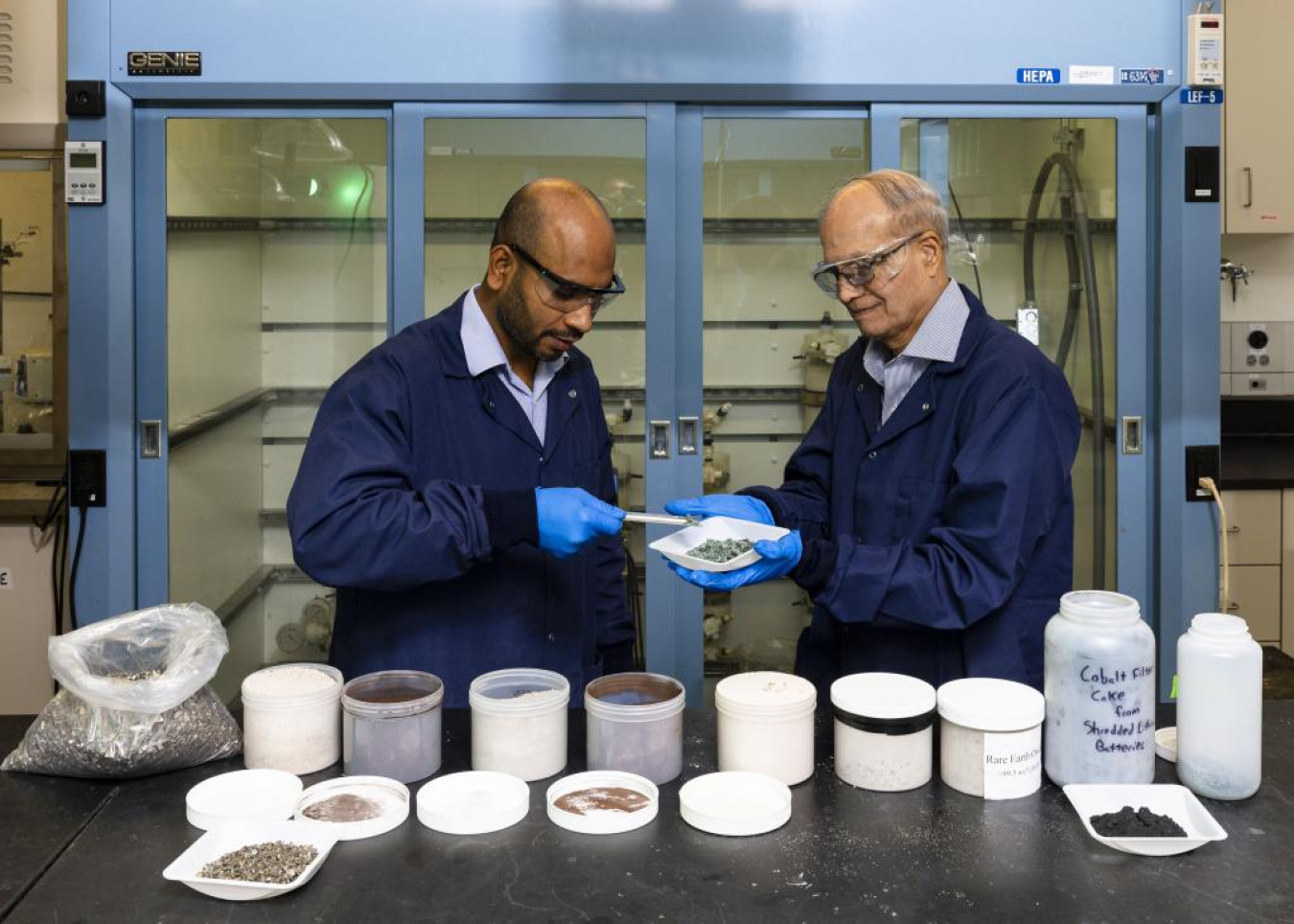
CMI Hub researchers at Oak Ridge National Laboratory (ORNL) developed membrane solvent extraction, an energy-efficient, cost-effective, and environmentally friendly process to recover rare earth metals. They generated aqueous solutions containing multiple metal ions by dissolving end-of-life products and scrap, which then passed through patented membrane modules that contain bundles of hollow fibers in which only certain metal ions can pass through. The technology won a 2020 Federal Laboratory Consortium Technology Transfer Award and has been licensed by CMI Hub partner Momentum Technologies for recovery of rare earth and battery critical materials. ORNL and Momentum Technologies received follow-on funding through the Bipartisan Infrastructure Law to commercialize the process.
Patent Analysis Highlights
Publication Analysis HIghlights
Citation Analysis Highlights
Out of CMI Hub-funded research patents:
- 14 influenced more than 5 other patents.
- 68 patent families are cited by both private industry and academic institutions.
- Focus on lithium and rare earth elements fills a research gap.
CMI Hub-funded research has earned patents that have influenced subsequent technological developments both within and beyond critical materials across a range of technologies, depicted in this tree.
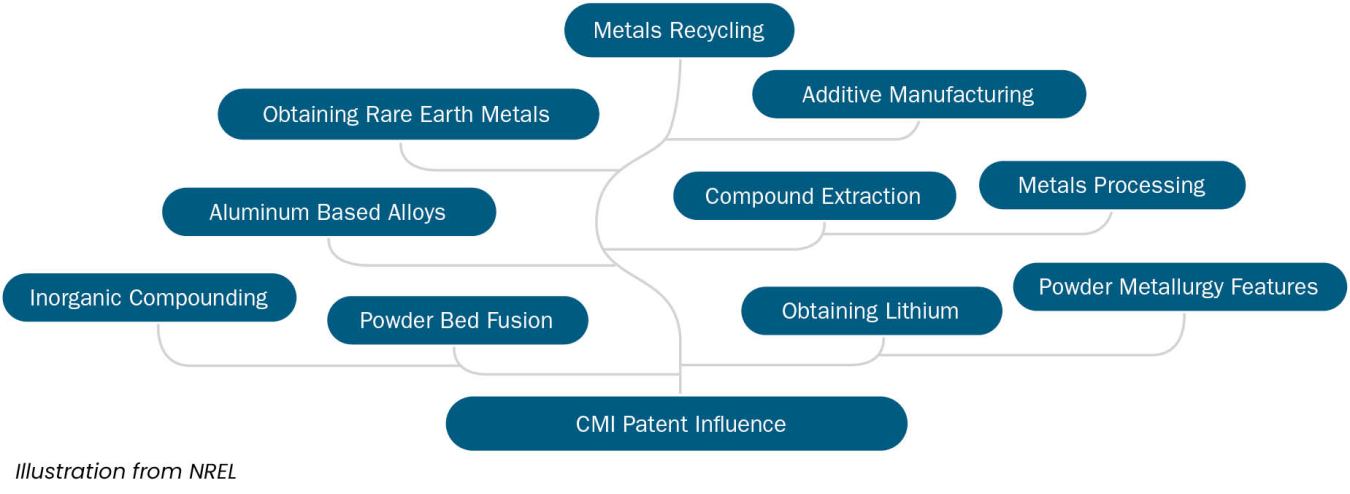
CMI Hub has produced:
- 16,200 publications 1794-2022
- 475 peer-reviewed publications 2013-2022
- 9.747 citations 2014-2023.
CMI Hub's publications record demonstrate the evolution of research over time and reflect the Hub’s ability to adapt to dynamic market conditions. Nine out of 10 keywords with the highest growth were cited in CMI Hub publications after 2018, showing the Hub’s focus on pivoting to the most promising areas, including:
- Magnet
- Recovery
- Permanent magnet
- Defect
- Magnetic field
- Microstructure
- Cerium
- Coercivity
- Ga2O3
- Additive manufacturing.
For example, the CMI Hub started out by looking into phosphors of lighting, and pivoted to gallium and Indium supply research when LEDs became so cheap that the research in substitutions for rare earth elements wasn't as high as a need and the demand of gallium and In increased.
The top 10 sources that have published CMI Hub articles include:
Journal
Number
1 JOM 19 2 Physical Review B 17 3 Journal of Magnetism and Magnetic Materials 16 4 Resources, Conservation and Recycling 14 5 ACS Sustainable Chemistry and Engineering 12 6 Environmental Sciecne and Technology 11 7 Minerals, Metals and Materials Series 11 8 Inorganic Chemistry 10 9 Journal of Applied Physics 10 10 Journal of Materials Chemistry C 10 CMI Hub publications:
- Were cited 51% more than expected.
- Show widespread thought leadership and influence.
- Demonstrate the evolution of research over time and reflect the hub’s ability to adapt to dynamic market conditions.
CMI Hub Publications Analysis
CMI Hub Patent Analysis
Relevant News
-
 Up to $12.5 million funding available to accelerate the establishment of circular supply chains for energy materials and products.January 16, 2025
Up to $12.5 million funding available to accelerate the establishment of circular supply chains for energy materials and products.January 16, 2025 -
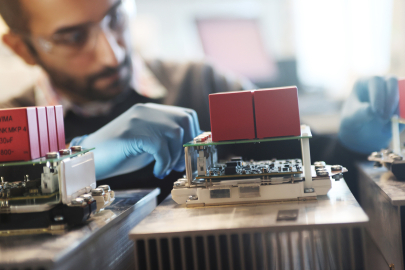 The U.S. Department of Energy’s (DOE) Advanced Materials and Manufacturing Technologies Office (AMMTO) released a request for information (RFI) to solicit feedback from stakeholders on AMMTO’s Wide Bandgap Power Electronics Strategic Framework draft.January 16, 2025
The U.S. Department of Energy’s (DOE) Advanced Materials and Manufacturing Technologies Office (AMMTO) released a request for information (RFI) to solicit feedback from stakeholders on AMMTO’s Wide Bandgap Power Electronics Strategic Framework draft.January 16, 2025 -
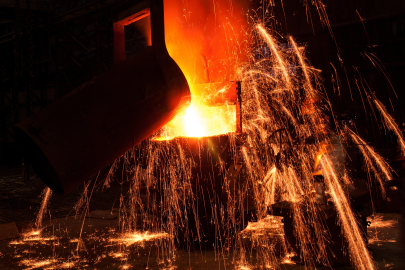 AMMTO released a request for information (RFI) to gather input on its draft harsh environment materials (HEM) research, development, and demonstration landscape document.January 16, 2025
AMMTO released a request for information (RFI) to gather input on its draft harsh environment materials (HEM) research, development, and demonstration landscape document.January 16, 2025 -
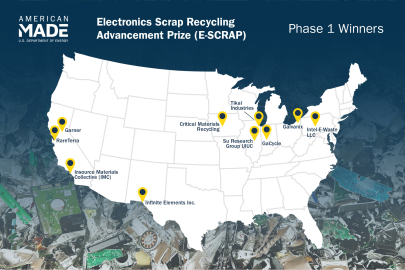 Ten teams from seven states have been awarded a collective $500,000 in funding plus national lab support as Phase 2 of the prize opens.January 8, 2025
Ten teams from seven states have been awarded a collective $500,000 in funding plus national lab support as Phase 2 of the prize opens.January 8, 2025 -
 Information will help inform the EES2 Initiative and associated roadmap.October 16, 2024
Information will help inform the EES2 Initiative and associated roadmap.October 16, 2024 -
 Draft framework identifies opportunities and challenges to use circularity to improve industry efficiency, secure supply chains, benefit communities, and create jobs.October 9, 2024
Draft framework identifies opportunities and challenges to use circularity to improve industry efficiency, secure supply chains, benefit communities, and create jobs.October 9, 2024 -
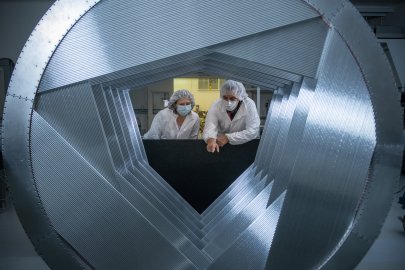 Small Businesses Receive AMMTO Funding to Advance Innovative Manufacturing and Material TechnologiesEach of the companies will receive approximately $1.15 million for Phase II SBIR awards.September 6, 2024
Small Businesses Receive AMMTO Funding to Advance Innovative Manufacturing and Material TechnologiesEach of the companies will receive approximately $1.15 million for Phase II SBIR awards.September 6, 2024 -
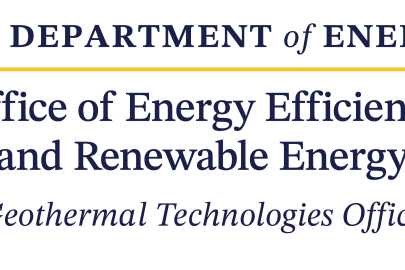 The Geothermal Technologies Office (GTO) has selected seven projects at four DOE national laboratories to receive more than $6 million for research and development that can directly aid in advancing and developing U.S. critical material supply chains.July 31, 2024
The Geothermal Technologies Office (GTO) has selected seven projects at four DOE national laboratories to receive more than $6 million for research and development that can directly aid in advancing and developing U.S. critical material supply chains.July 31, 2024 -
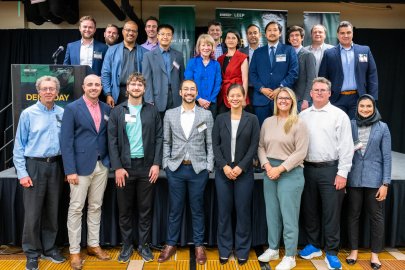 In the latest round of cohorts in its Lab-Embedded Entrepreneurship Program (LEEP), 33 innovators will be embedded across four U.S. national laboratories to work with an extensive network of mentors and experts.July 10, 2024
In the latest round of cohorts in its Lab-Embedded Entrepreneurship Program (LEEP), 33 innovators will be embedded across four U.S. national laboratories to work with an extensive network of mentors and experts.July 10, 2024
Subscribe to the Manufacturing Moment for monthly newsletters and more!


